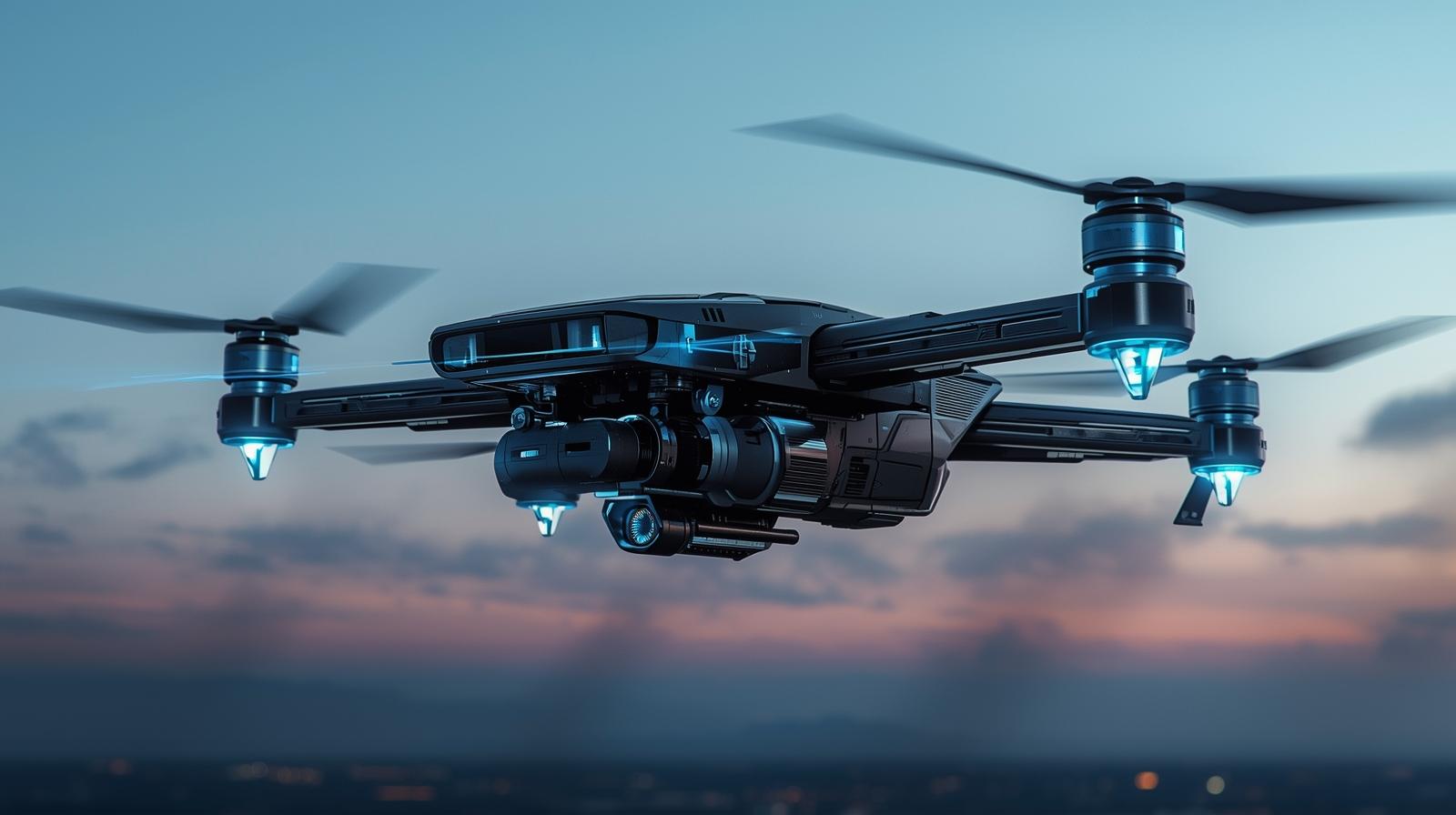The ongoing Ukraine–Russia conflict has transformed Eastern Europe into the epicenter of modern drone warfare and, by extension, the testing ground for next-generation anti-drone systems. The conflict has not only reshaped battlefield tactics but also accelerated the global evolution of counter-unmanned aerial system (C-UAS) technologies. What began as sporadic drone use for reconnaissance has evolved into complex, swarm-based offensives, compelling nations to rethink the fundamentals of air defense.
In October 2025, as Russia intensified its assault on Ukraine using waves of Shahed one-way attack drones, European defense manufacturers began pivoting toward low-cost, high-efficiency countermeasures. Thales, a leading European defense firm, adapted its 70 mm rocket line to include the FZ123 airburst warhead, engineered specifically to destroy drone swarms. Packed with thousands of steel pellets dispersed by a high-explosive charge, the FZ123 could eliminate unmanned aerial targets within an eighty-foot blast radius at altitudes of up to 10,000 feet. Its cost-effective design positioned it as an affordable middle-tier solution, more scalable than missile interceptors yet significantly more powerful than small arms or improvised defense used by Ukrainian forces at closer range.

Ukraine, meanwhile, emerged as an unlikely global leader in counter-drone ingenuity. Confronted by continuous Russian drone barrages, Ukrainian forces relied heavily on first person-view (FPV) interceptor drones, built domestically at a fraction of the cost of traditional air defense systems. These small, agile drones, some priced as low as USD 500, were manually guided to collide with or detonate near incoming Shahed munitions. Their effectiveness underscored a broader strategic lesson: modern air defense systems must balance sophistication with affordability and scalability. Ukraine’s success in integrating such systems quickly drew attention across Europe, prompting military planners to reassess how low-cost technologies could complement high-end defense platforms.
The conflict’s ripple effects extended far beyond Ukraine’s borders. In October 2025, barely hours after around 20 Russian drones entered Polish airspace, European Commission President Ursula von der Leyen publicly declared the need for a “drone wall” to defend Europe’s eastern flank. Drone incidents near airports in Denmark and Germany during the following weeks further reinforced the sense of urgency among European leaders that traditional air defense infrastructures were ill-equipped for the emerging threat landscape.
Later that same month, EU foreign policy chief Kaja Kallas announced plans for a pan-European anti-drone system, targeting full operational capability by 2027 as part of a broader European defense roadmap extending to 2030. The initiative aims to strengthen the continent’s eastern borders through integrated air and space “shields,” signaling Europe’s determination to deter potential Russian incursions even after the conclusion of active hostilities in Ukraine.
These developments illustrate how the Ukraine–Russia conflict has become a powerful catalyst for strategic convergence in European defense. Several EU member states have already sought joint training and technology exchanges with Ukrainian specialists, recognizing Kyiv’s unparalleled experience in front-line counter-drone operations. Denmark and Poland have engaged Ukrainian instructors to assist in the development of tactical response programs and localized defense drills. This collaborative approach marks a notable shift in Europe’s defense posture, one that emphasizes agility, interoperability, and shared learning over purely national responses.
Collectively, these advancements reveal the central lesson of the Eastern European drone war: the future of air defense lies in layered, adaptive, and affordable systems capable of countering threats that are fast, small, and inexpensive. Traditional interceptor missiles, though effective, are increasingly unsustainable against the volume and frequency of drone incursions that define modern conflicts. Instead, the new defense paradigm combines kinetic effectors, radio-frequency jamming, radar fusion, and artificial intelligence-based decision systems to achieve real-time threat identification and neutralization.
Market and Technology Outlook to 2030
The global anti-drone market is expected to reach USD 14.51 billion by 2030, growing at a CAGR of 26.5%, driven primarily by escalating demand across defense, critical infrastructure, and border security applications. Eastern Europe’s rapid adoption of layered C-UAS systems is likely to play a pivotal role in shaping this growth trajectory. The lessons drawn from the Ukraine–Russia conflict have demonstrated the need for modularity and cost efficiency, qualities increasingly reflected in the product portfolios of major European defense firms.
Refer our latest study on Anti Drone Market- Global Forecast to 2030 : https://www.marketsandmarkets.com/Market-Reports/anti-drone-market-177013645.html
Technological advancements are shifting toward AI-enabled radar fusion, directed-energy systems, and autonomous command-and-control frameworks that allow simultaneous engagement of multiple drone threats. Meanwhile, the emergence of low-cost interceptor drones and retrofitted kinetic effectors, such as Thales’s FZ123, signals a pragmatic market trend: innovation that balances performance with affordability. By 2030, these hybrid approaches are expected to dominate procurement strategies across NATO and EU member states, ensuring that Europe remains technologically resilient in an era defined by rapid unmanned escalation.

Ultimately, the Eastern European drone war has underscored that counter-drone capability is no longer a peripheral defense priority, it is now a cornerstone of national security and a defining factor in the next generation of warfare. The convergence of battlefield necessity, industrial adaptation, and multinational cooperation positions Eastern Europe not only as a frontline region but as a global proving ground for the future of anti-drone technology.
This evolution presents vast opportunities for both established defense contractors and emerging technology firms in the anti-drone market. As nations across Eastern Europe accelerate investments in integrated C-UAS ecosystems, demand is rising for modular radar platforms, software-defined jamming systems, and AI-based threat classification tools. Vendors capable of offering scalable, interoperable, and cost-effective solutions, particularly those aligned with NATO standards, are likely to gain strategic contracts and long-term partnerships. Moreover, the growing emphasis on domestic production and cross-border defense collaboration will open the market to regional manufacturers and dual-use technology developers, positioning the anti-drone sector for sustained expansion through 2030 and beyond.
